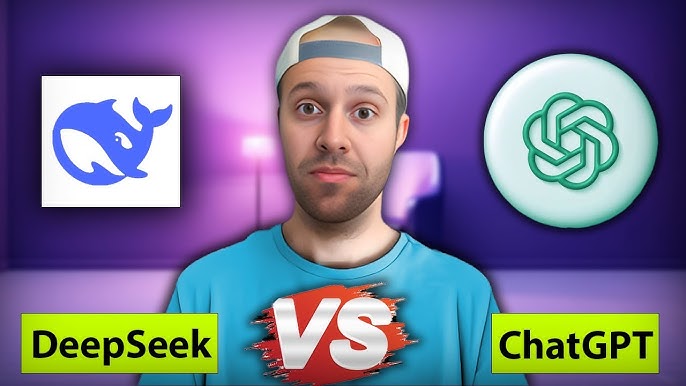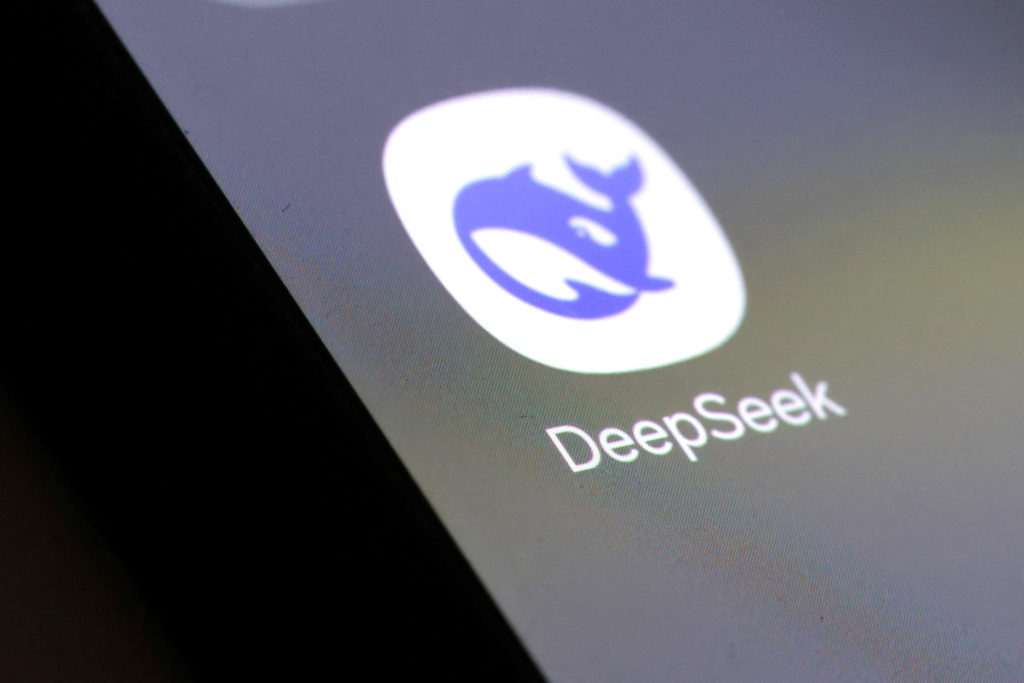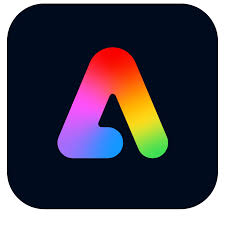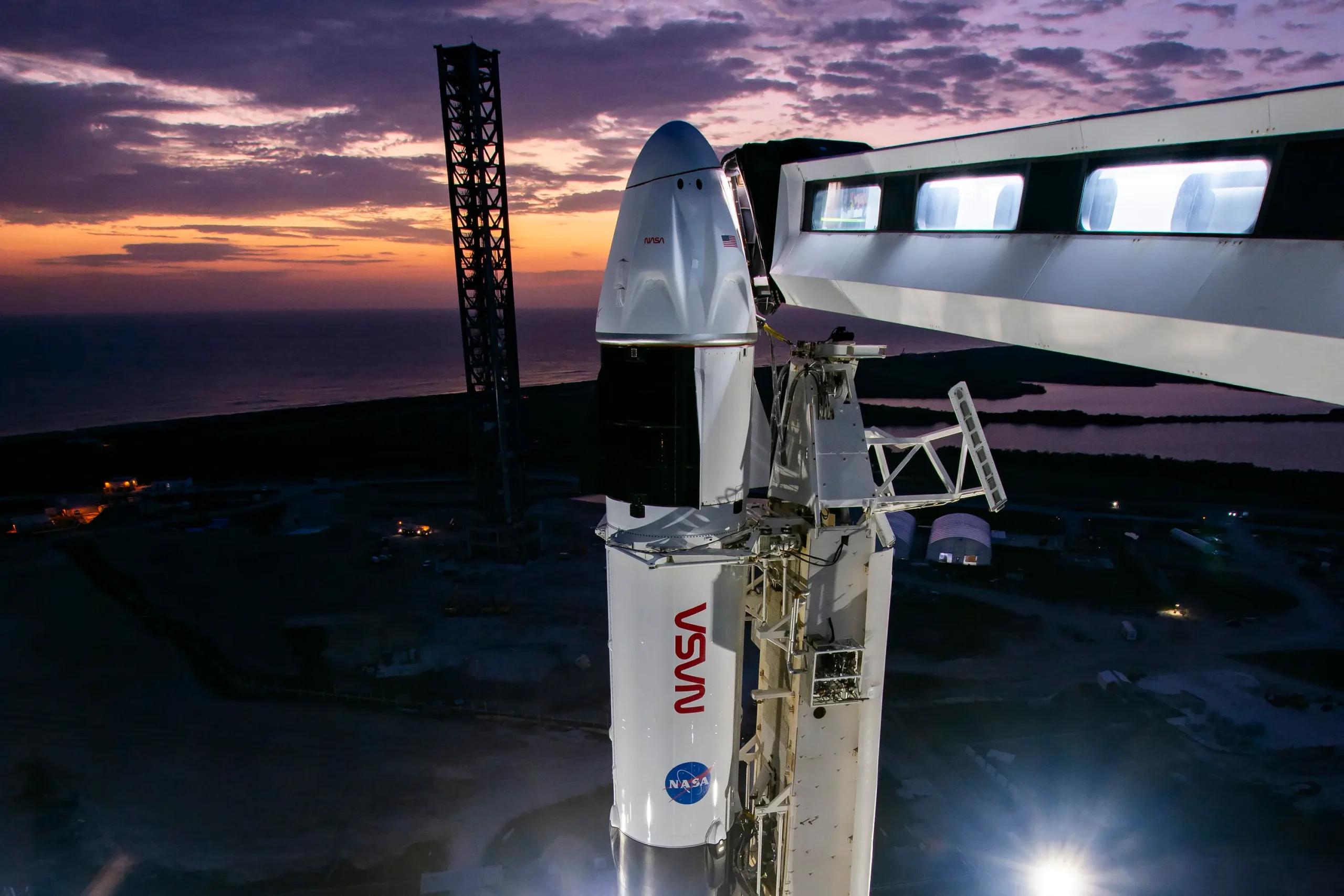The AI landscape is evolving rapidly, with powerful players shaping the future of technology. Two major names leading the charge in conversational AI are Deepseek and ChatGPT. While ChatGPT has garnered global attention as a language model by OpenAI, Deepseek—a revolutionary AI system developed in China—is quickly making waves in the tech world. In this blog post, we’ll explore the trending Chinese AI, Deepseek, and compare it to the widely popular ChatGPT.
What is Deepseek – The Chinese AI Taking Over?
Deepseek is a highly advanced AI system developed by Chinese tech innovators. It’s quickly gaining recognition for its ability to revolutionize various sectors such as robotics, healthcare, and autonomous systems. Designed to process massive amounts of data in real time, Deepseek uses deep learning algorithms to improve decision-making capabilities, much like the neural networks that power the human brain.
As a Chinese AI system, Deepseek is tailored to meet the unique demands of both domestic and global markets, giving it an edge in many industries. Whether it’s in smart manufacturing, predictive analytics, or even natural language processing, Deepseek is becoming a formidable player in AI.
What is ChatGPT – A Revolution in Conversational AI?
ChatGPT, developed by OpenAI, is one of the most widely used and recognized conversational AI models today. It’s based on the GPT architecture, which allows it to generate human-like text based on input it receives. ChatGPT can engage in deep conversations, provide writing assistance, answer questions, and even code solutions in programming languages. It’s been adopted across industries for customer service, content generation, and educational tools.
Unlike traditional AI models, ChatGPT is fine-tuned to generate highly contextual and nuanced responses, making it one of the most powerful language models globally.
Deepsink vs ChatGPT: A Detailed Comparison

1. Origin and Development
- Deepseek: Developed by Chinese researchers, Deepseek is deeply integrated with local data sources and tailored to meet the needs of both the Chinese market and global industries. Its development emphasizes speed, scalability, and adaptability in handling large datasets.
- ChatGPT: Built by OpenAI, ChatGPT is an international model used across the globe. It has been fine-tuned for diverse uses, including creative writing, coding, and general-purpose conversations, making it accessible to a broad audience.
2. Technology and Algorithms
- Deepsink: Deepsink is built on advanced neural networks and deep learning technologies, with a unique focus on real-time data processing and the ability to scale across various sectors. It leverages highly optimized algorithms that excel in decision-making processes and predictive analytics.
- ChatGPT: ChatGPT, on the other hand, is a transformer-based model built on GPT-3 architecture. It uses a massive dataset for training, allowing it to generate coherent and contextually rich text outputs, making it excellent for natural language understanding and generation.
3. Applications and Use Cases
- Deepseek: Deepseek is specifically designed to be scalable across a wide range of applications. From robotics to healthcare and smart cities, Deepseek excels in applications that require continuous learning and adaptation. Its real-time data processing abilities make it a perfect fit for industries that demand precision and efficiency.
- ChatGPT: While ChatGPT is versatile, it’s predominantly used in customer service, content generation, and as an AI assistant for personal or business-related tasks. It is best suited for conversational AI applications where human-like dialogue is required.
4. Performance and Efficiency
- Deepseek: One of Deepseek’s most notable features is its ability to process vast amounts of data simultaneously, enabling it to adapt quickly to changing environments. Its focus on AI efficiency makes it suitable for industries that require speed and scalability.
- ChatGPT: ChatGPT offers highly accurate, context-driven responses and excels in engaging conversations. However, it may not be as adept at real-time data processing or operating in environments requiring heavy computational power, like industrial applications.
5. Global Reach and Accessibility

- Deepseek: While Deepseek is gaining global attention, its development is centered in China, with a strong emphasis on the Chinese market. As the world’s second-largest economy, China’s AI innovations are becoming increasingly influential, and Deepseek is positioned as a leader in this domain.
- ChatGPT: ChatGPT, being developed by OpenAI, is used worldwide and accessible to anyone with an internet connection. It has been adopted by millions of people globally, spanning industries and sectors.
Which AI is the Future: Deepseek or ChatGPT?
Both Deepseek and ChatGPT represent the future of AI, but each excels in different areas. Deepseek, with its emphasis on speed, scalability, and industry-specific use cases, is poised to dominate sectors that rely on big data and real-time analytics, such as manufacturing, robotics, and autonomous vehicles.
On the other hand, ChatGPT is a leader in conversational AI and will continue to be the go-to choice for industries focused on customer service, content generation, and interactive AI applications.
Ultimately, both AI systems are complementary in the growing AI ecosystem, with Deepseek filling niches in industrial automation and ChatGPT pushing the boundaries of human-computer interaction in creative and conversational fields.
Conclusion: The AI Race Heats Up
As AI technologies continue to develop, Deepseek and ChatGPT are emerging as two powerful forces that will shape the future of artificial intelligence. Deepseek brings unmatched power and scalability to industrial and enterprise applications, while ChatGPT remains the benchmark for natural language understanding and generation. Both represent a thrilling future for AI, and their continued innovation will undoubtedly lead to even more advanced and effective systems.





